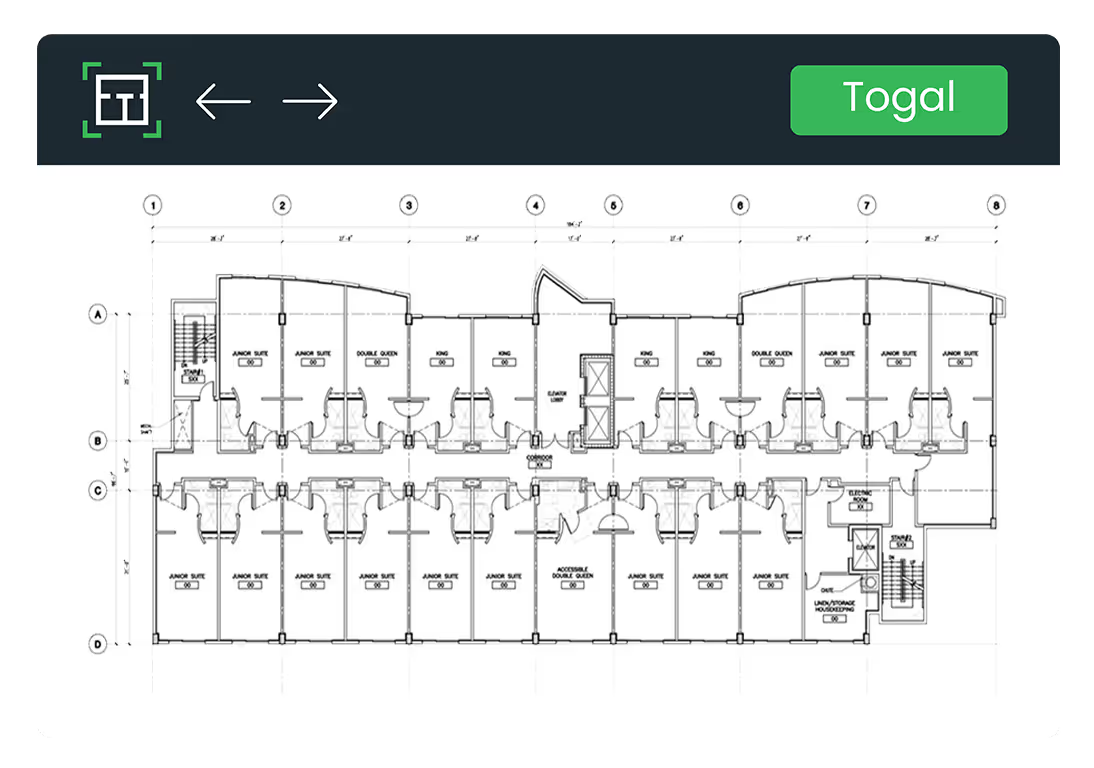
Shiny object syndrome threatens to draw even the most pragmatic tech exec into the hype cycle. But a happy middle with new technology does exist.
Technology executives have long dealt with the pressure to maintain core systems while experimenting with the latest products, but a renewed industry focus on AI is challenging their ability to balance the old and the new.
“The hype cycle is a very real thing,” said Zach Hanif, VP, head of enterprise machine learning models and platforms at Capital One. “Anytime something new starts to come out and it gains traction, you have this period of time where there’s a lot of noise.”
Overindexing efforts on emerging technologies can lead to shiny object syndrome, the habit of losing focus on the big picture when a new development arises.
But a happy middle does exist.
Creating interdisciplinary teams to assess emerging technologies and using their counsel to guide next steps, CIOs can ensure core technologies can keep humming — without missing the potential upside from early experimentation.
Part of this effort requires reworking team structure and separating the part of the company that’s responsible for delivery of mission critical systems, according to Brian Hopkins, VP of emerging technology research at Forrester.
“You need to pull that apart from what you want to spend on business change, which usually involves innovation,” said Hopkins.
This emerging tech team must include non-technologists, too, as potentially disruptive emerging tech solutions will also involve other parts of the business.
“We generally don’t do the experimentation with technologists only,” said Jeff McCarter, CIO of Asset Servicing at Northern Trust. “We team up people with the business ideas with the people that can understand the tech and work through what’s possible with them. That’s how we generate value.”
Risk and rewards
Sometimes early experimentation can pay off handsomely.
Patrick Murphy, EVP and CIO at Coastal Construction, found value in an automated tool his company developed for in-house purposes. It targeted one of the most time-consuming tasks during construction projects: manually counting and measuring square footage for construction bids.
Last year, the tool saved Coastal Construction 14,000 hours of work and roughly $1 million in costs, Murphy said.
In 2020, Coastal Construction formally spun out the solution into its own business called Togal.AI, with Murphy as CEO, to bring the solution to market. “We’ve got almost 150 companies, and getting close to 600 users on our platform,” Murphy said.
Togal.AI recently launched a solution that uses ChatGPT to improve the document management process, letting construction professionals find information across plans and other documentation through semantic search.
Though the pace of technology is relentless, executives must find a balance between necessary research and development and the fundamentals of the business, Murphy said.
“If we don’t keep that door open, someone else can maybe come into the space, and we have to find that balance,” he said.
Experimentation with bleeding edge tech doesn’t always lead to success, as adoption depends on multiple factors — including available skills, resources and case study fit.
IBM and Maersk in 2018 kicked off an industry-leading project to increase supply chain visibility through blockchain technology under a joint venture called TradeLens. The project signed on several critical customers in the shipping industry and provided a model use case for blockchain technology.
However, at the end of last year, the two companies announced plans to shutter TradeLens after the platform failed to meet commercial viability.
Attention paid to shiny objects costs money, too. And with companies demanding more business acumen from CIOs, executives must be mindful of the costs of experimenting.
″If I put it on the buy list, something’s got to go on the sell list,” said McCarter.
In search of a balance
CIOs are less likely to experience shiny object syndrome when employees keep them in check.
“You need to have an organization that is equally incentivized to educate business executives on capabilities of emerging technology and risks,” said Hopkins. Employees tasked with advising executives must work to bring the right technologies forward and steer the company away from the wrong things at the wrong time, without bias.
To avoid being swayed away from core technology needs, executives need to focus on the benefits a product can deliver, according to Murphy.
Striking the right balance between what’s new and what’s practical is difficult, Murphy said. “I constantly have to rein myself back in from some of these great ideas that we have,” he said.
Groups tasked with researching can help determine where efforts are worth time and resources — and where they’re not.
“It’s important to have those R&D groups that are getting smarter on the technology and working with savvy business people that can incubate the ideas that then can become something,” McCarter said.
These units can become valuable advisors, especially given the speed at which some technologies move forward.
If CIOs come to the group and ask about new technologies that aren’t currently being implemented, “it doesn’t necessarily mean they have shiny object syndrome,” said Hanif. “It just means that they’re trying to figure out … if what is glittering really is gold.”
###


